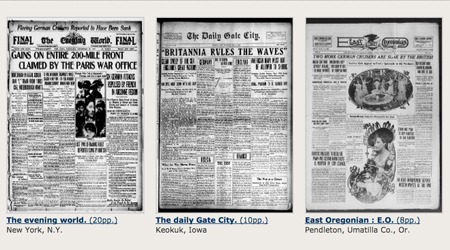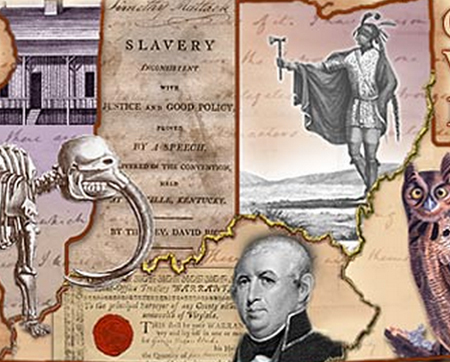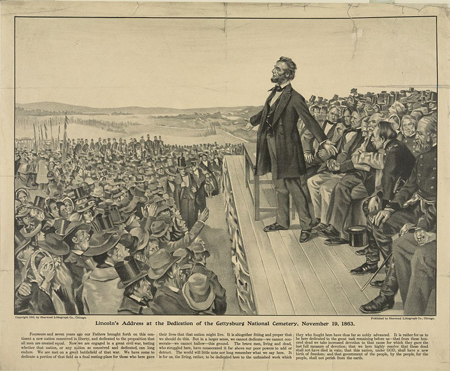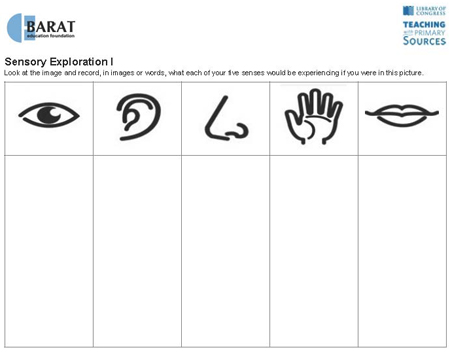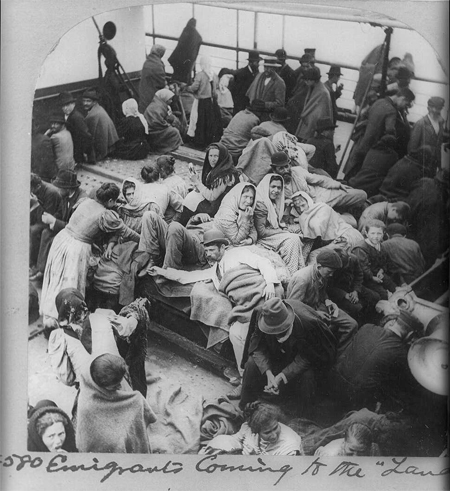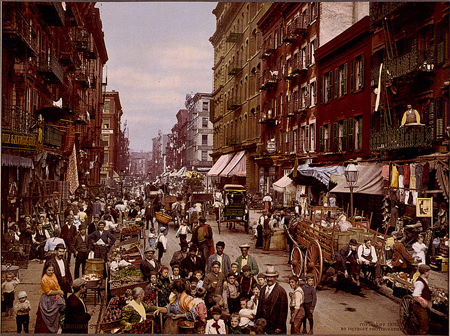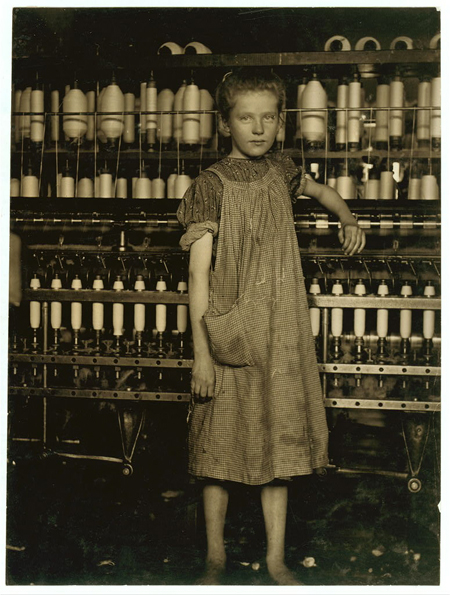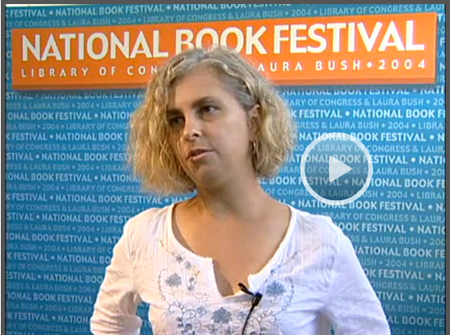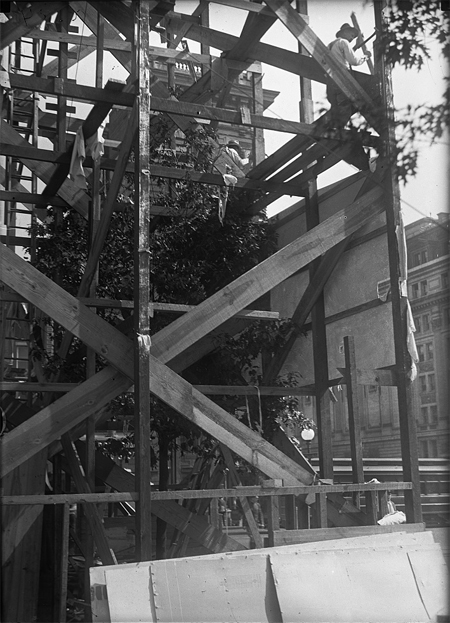Analyzing Primary Sources: Learning from Newspapers
The Common Core State Standards (CCSS) strike a balance between the reading of literature and informational texts and promote the use of a wide range of text types: “Through reading a diverse array of classic and contemporary literature as well as challenging informational texts in a range of subjects, students are expected to build knowledge, gain…

